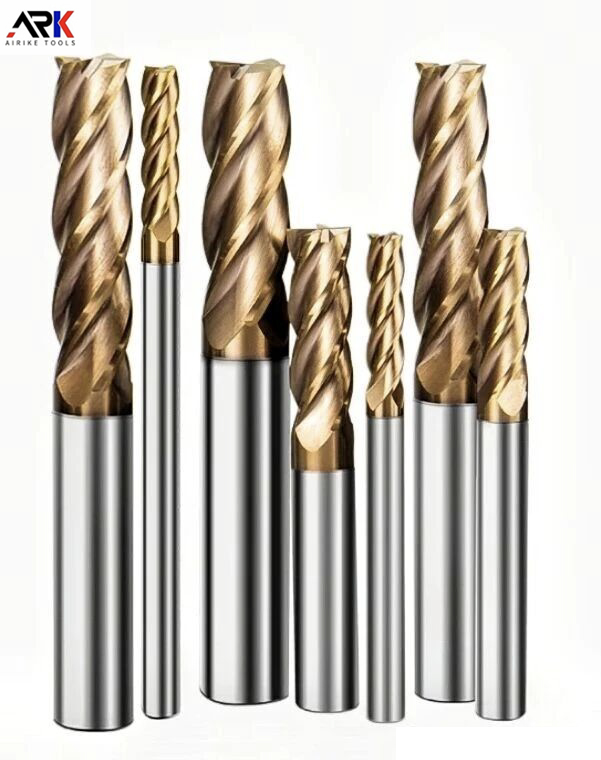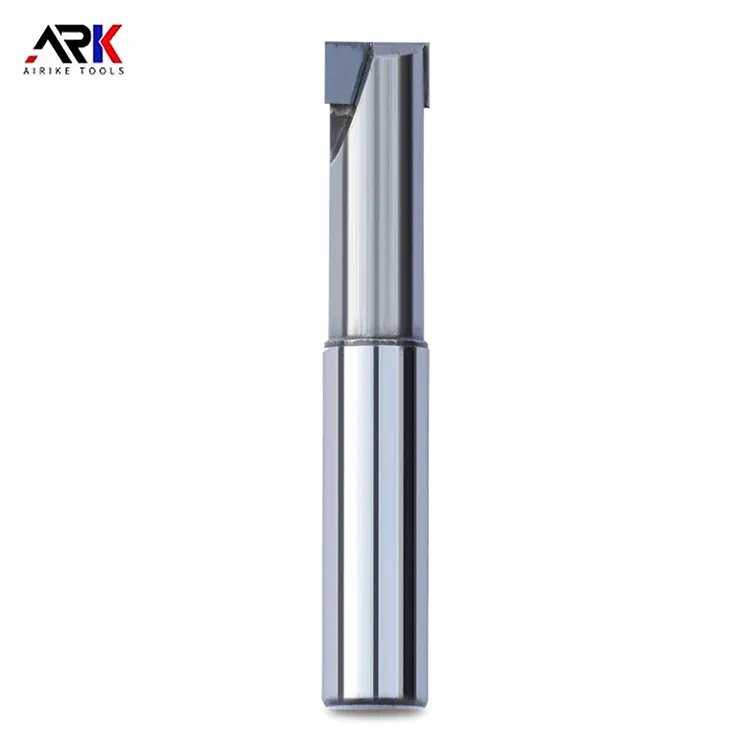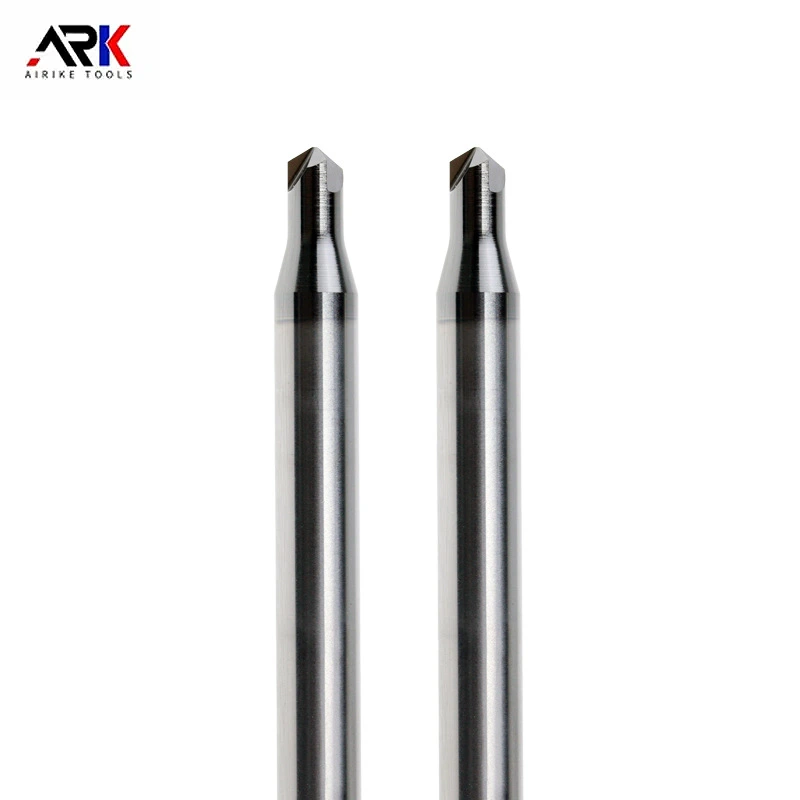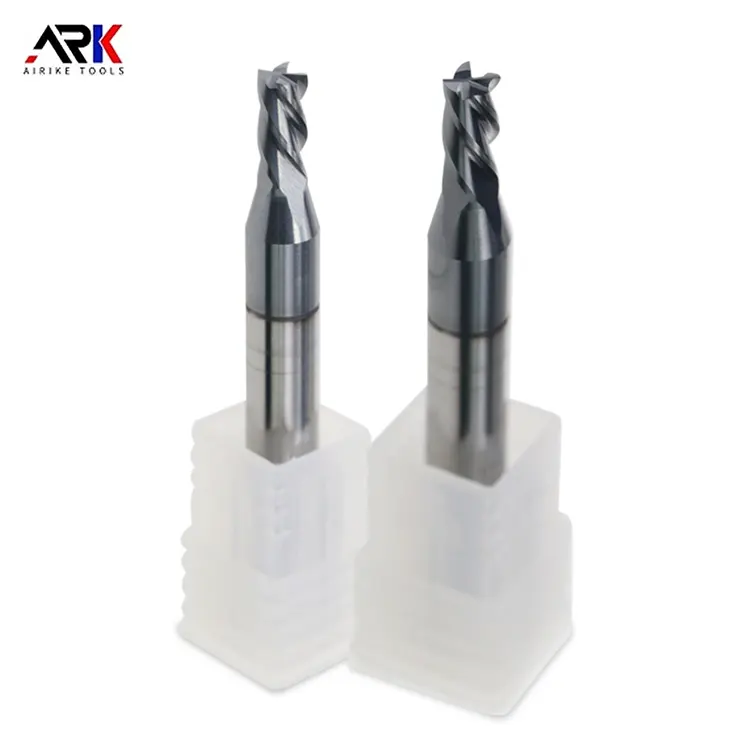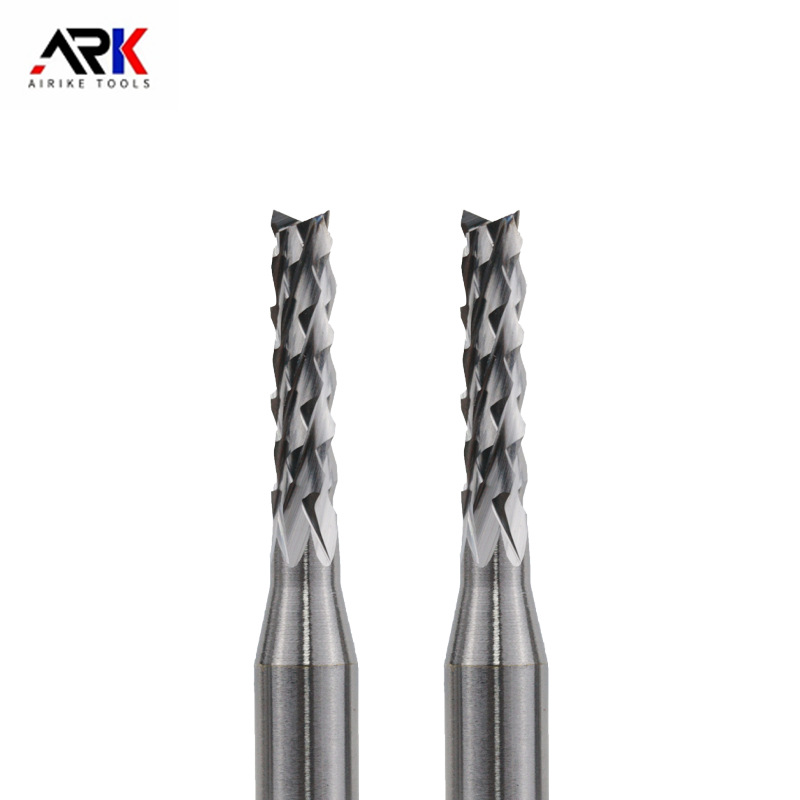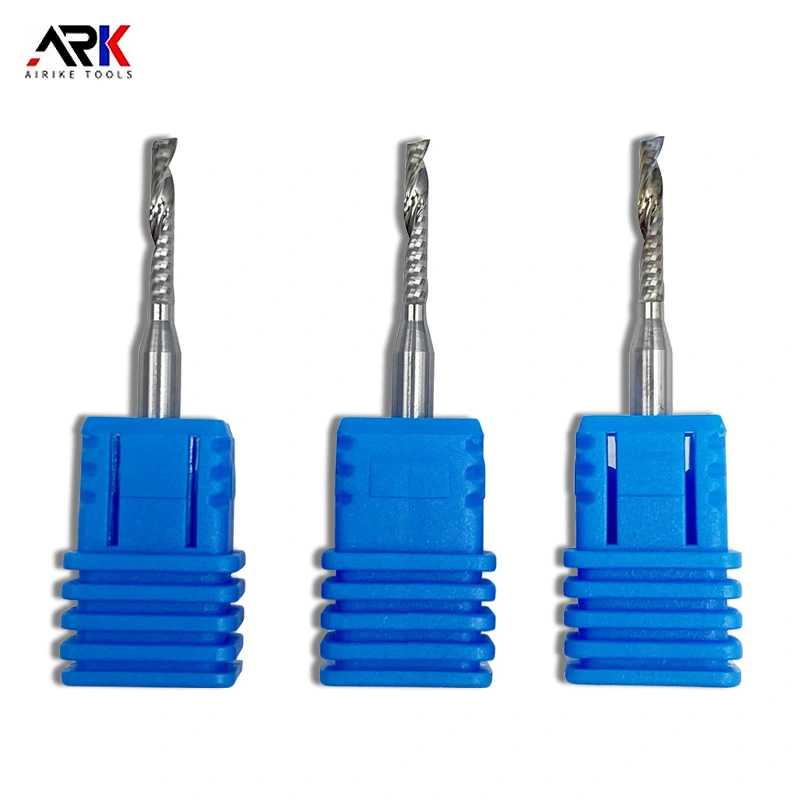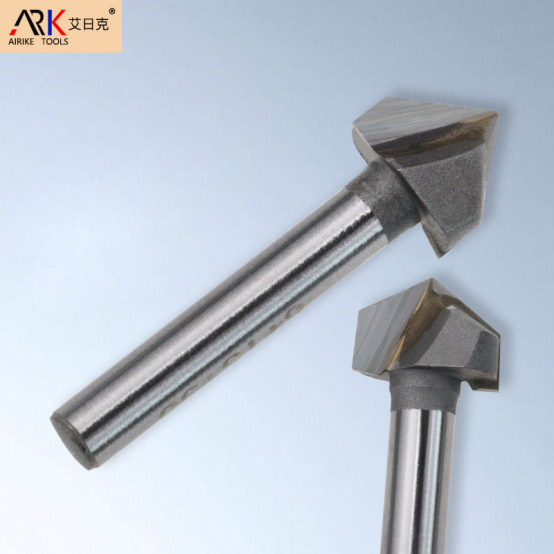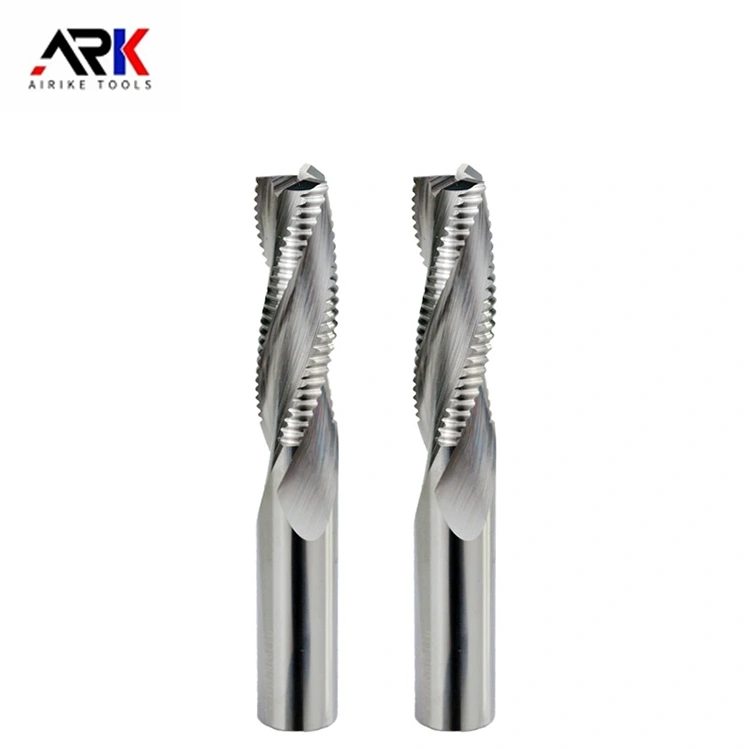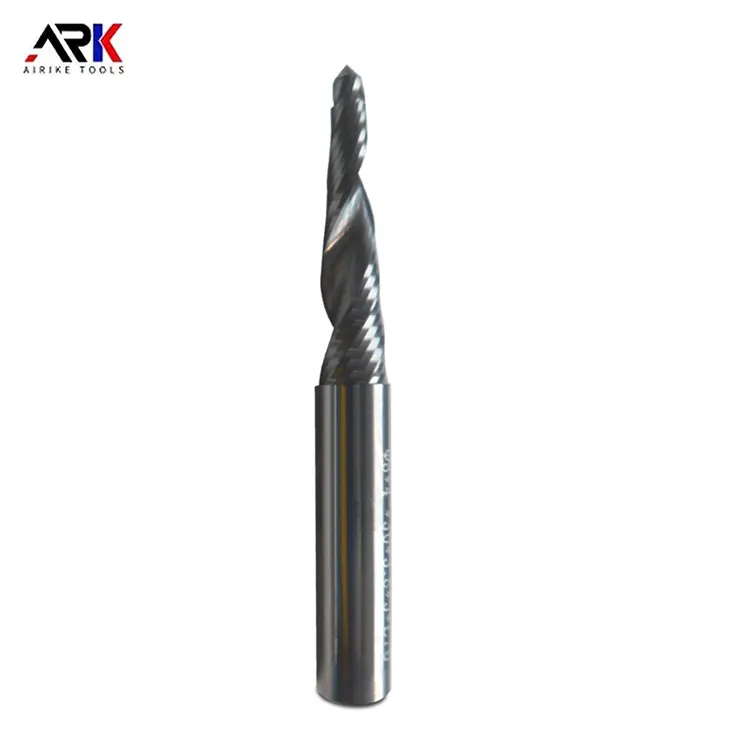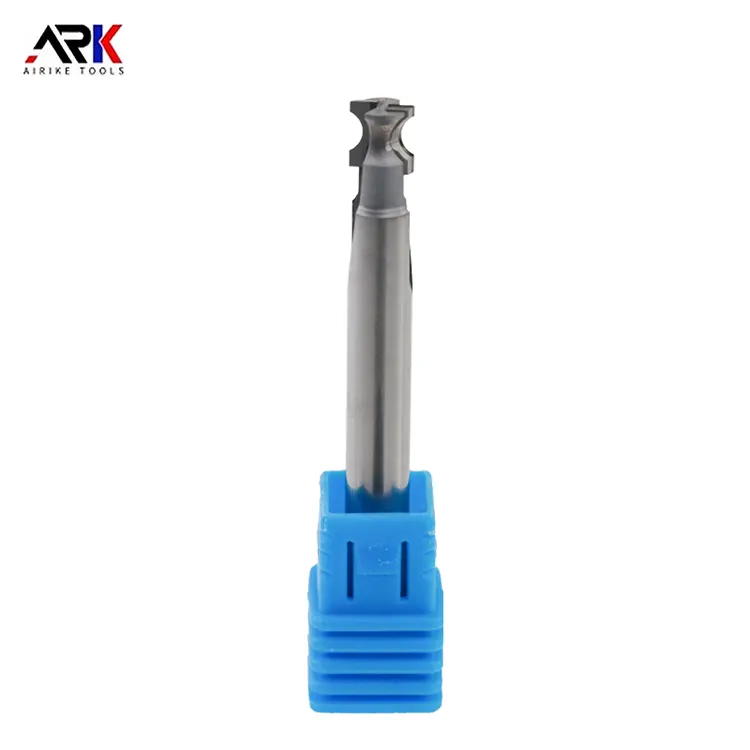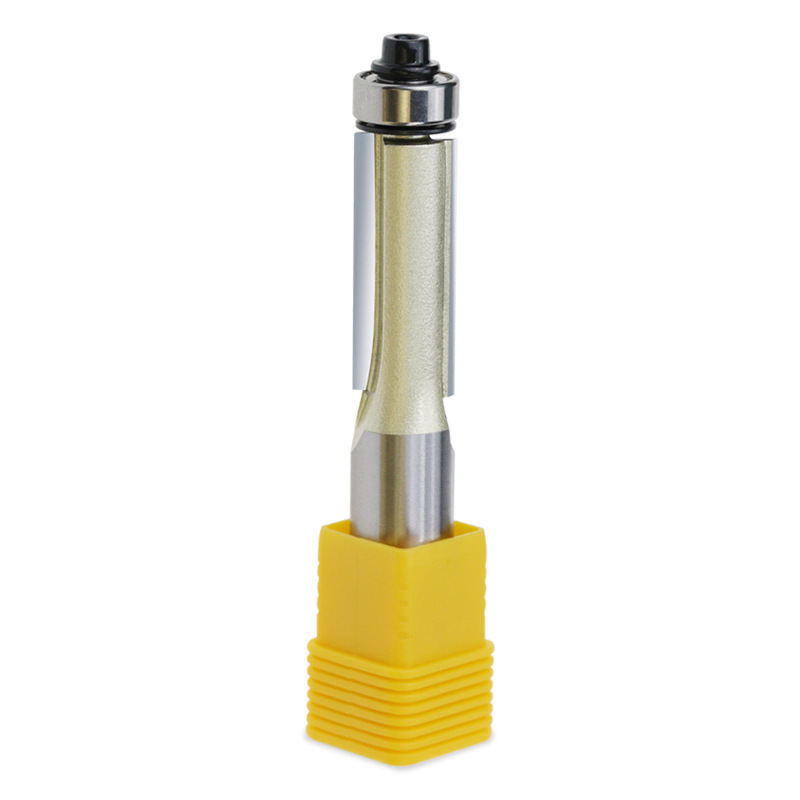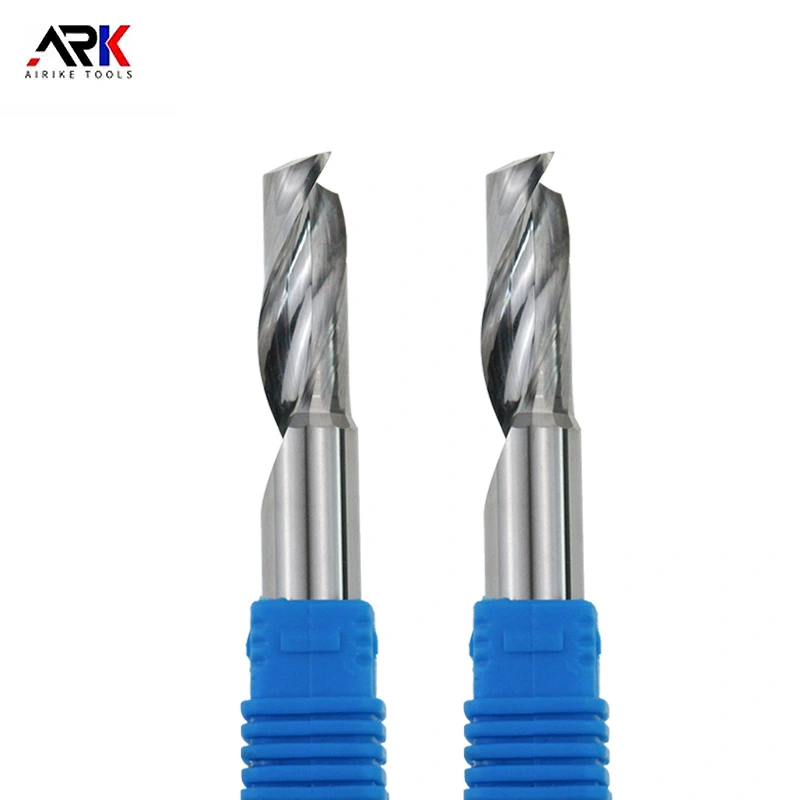Email Us
What are the differences between PCD cutting tools and hard alloy cutting tools, and what fields are they suitable for?
PCD cutting tools and hard alloy cutting tools have significant differences in multiple aspects, which determine their respective applicable machining fields and scenarios. So what are the differences between PCD cutting tools and hard alloy cutting tools, and what fields are they suitable for? Below, the editor of Zhongyeda will introduce this issue to everyone.
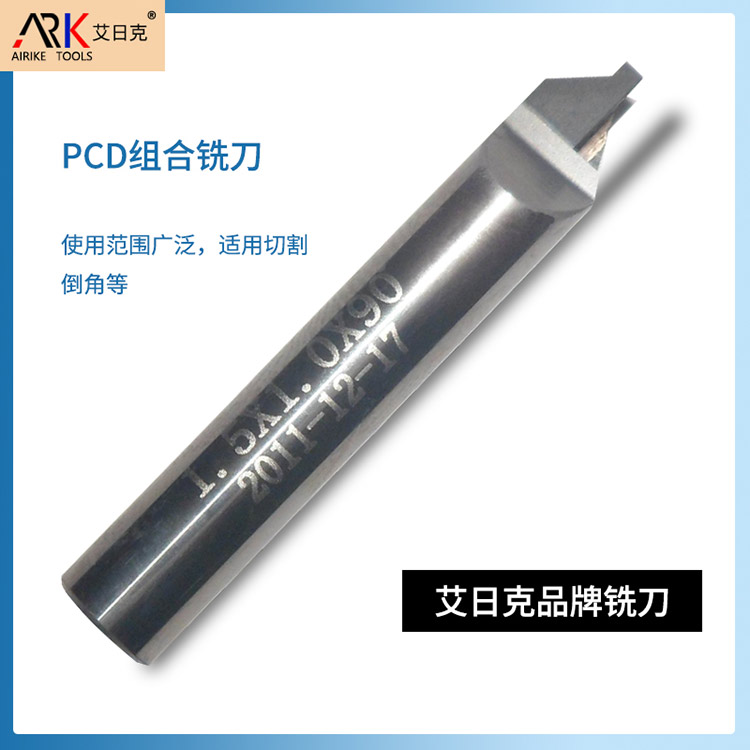
The main differences between PCD cutting tools and hard alloy cutting tools are:
1. Material and hardness
PCD cutting tools: made of polycrystalline diamond (PCD) material, with extremely high hardness, reaching 8000HV, which is 80-120 times that of hard alloys.
Hard alloy cutting tools: made of hard alloy (usually containing elements such as tungsten and cobalt), with relatively low hardness but good strength and toughness.
2. Thermal conductivity
PCD cutting tools have superior thermal conductivity, with a thermal conductivity of 700W/mK, which is 1.5 to 9 times that of hard alloys. This is beneficial for reducing cutting temperature and minimizing thermal deformation.
Hard alloy cutting tools: relatively poor thermal conductivity, low thermal conductivity, which can easily lead to increased cutting temperature and tool thermal deformation.
3. Friction coefficient
PCD cutting tools have a low friction coefficient, generally ranging from 0.1 to 0.3, which helps reduce cutting force and energy consumption.
Hard alloy cutting tools: The friction coefficient is relatively high, usually between 0.4 and 1, and the cutting force and energy consumption are relatively high.
4. Coefficient of thermal expansion
PCD cutting tools have a low coefficient of thermal expansion, only 0.9 × 10-6, which is 1/5 of that of hard alloys and is beneficial for maintaining machining accuracy.
Hard alloy cutting tools: The thermal expansion coefficient is relatively large, which can easily lead to a decrease in machining accuracy.
5. Tool life
PCD cutting tools: Due to their high hardness and good wear resistance, the lifespan of PCD cutting tools is generally several to ten times that of hard alloy cutting tools.
Hard alloy cutting tools: The tool life is relatively short and needs to be replaced regularly.
Each suitable application field
1. PCD cutting tools
In the field of precision machining, such as the machining of aircraft engine components in the aerospace industry, high precision and high quality are required.
Automotive manufacturing industry: used for efficient turning and milling operations of high-strength metal materials, such as the processing of key components such as cylinder blocks and crankshafts.
Mold making industry: used to process surfaces of various complex shapes of workpieces to improve product quality and production efficiency.
Optical component production: Due to its excellent smoothness and flatness control characteristics, it is suitable for the production of optical components.
Medical device industry: used in the production process of high-precision medical equipment and devices, such as precision machining of surgical instruments and other medical equipment.
2. Hard alloy cutting tools
Cutting tools, such as welding tools, CNC cutting tools, etc., are widely used in cutting processes in fields such as machine tools, automobiles, and construction machinery.
Geological mining tools: such as percussion rock drill bits, geological exploration drill bits, etc., used for drilling operations in mines and oil fields.
Wear resistant parts: such as nozzles, guide rails, etc., used in situations where wear resistance is required.
Other fields: such as structural components (rotating sealing rings, compressor pistons, etc.), high-pressure and high-temperature resistant chambers (such as hammers, pressure cylinders, etc. used in the production of synthetic diamonds), etc.
From the above introduction, it can be known that PCD cutting tools and hard alloy cutting tools each have their unique properties and applicable ranges. When selecting cutting tools, comprehensive consideration should be given to specific machining requirements and material characteristics to choose the most suitable tool type.
- How to Choose Chamfering Cutter Brands? Three Steps to Find the Right Fit
- What are the parameters for graphite milling cutters?
- Is a spiral or straight flute woodworking milling cutter better for edge trimming?
- Can diamond-tipped Engraving Machine Milling Cutters handle ultra-fine detail engraving?
- How to Improve the Processing Efficiency of Woodworking Milling Cutters?
- What is the welding process for Welded Milling Cutters?
Contact Us
Paibang Industrial Zone, Henggang Town, Longgang District, Shenzhen
Copyright © 2025 Shenzhen Zhongyeda Precision Technology Co., Ltd. All Rights Reserved.


